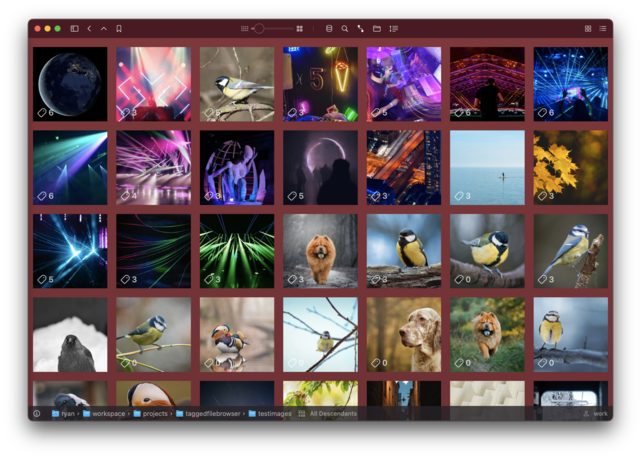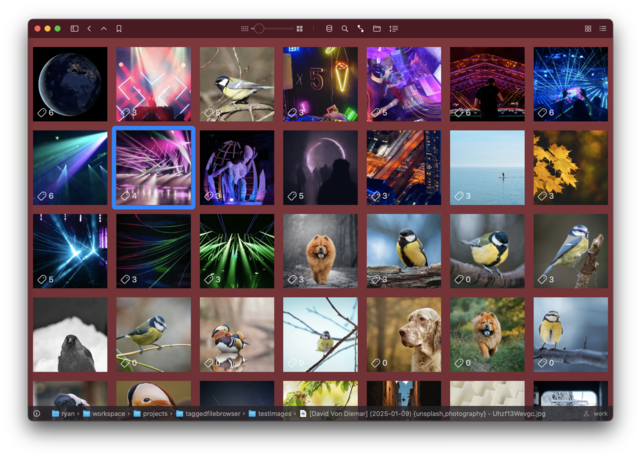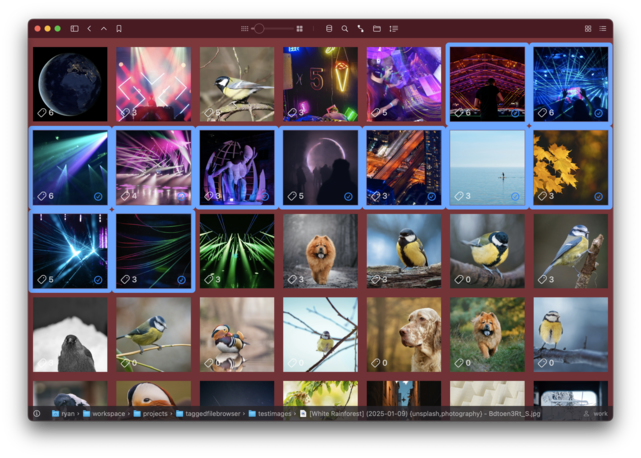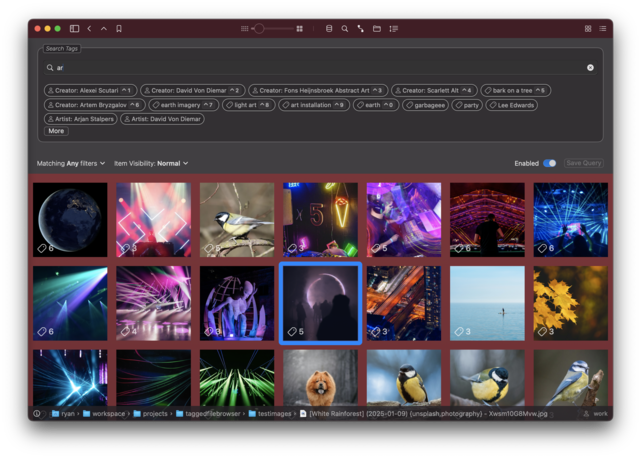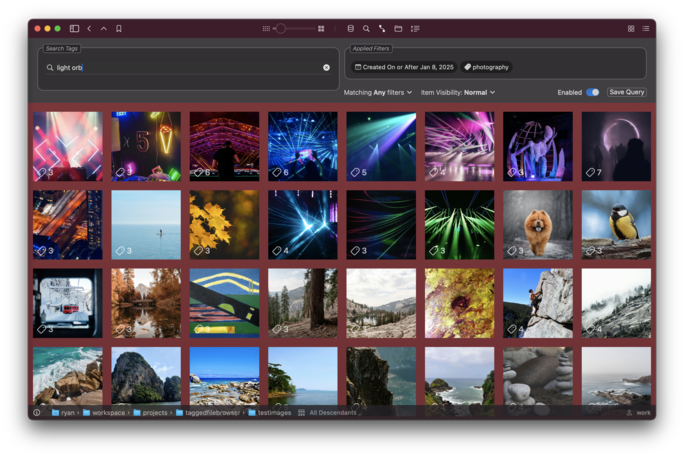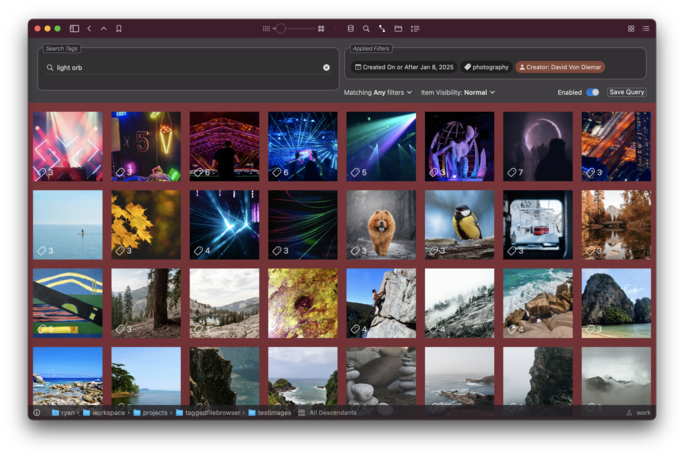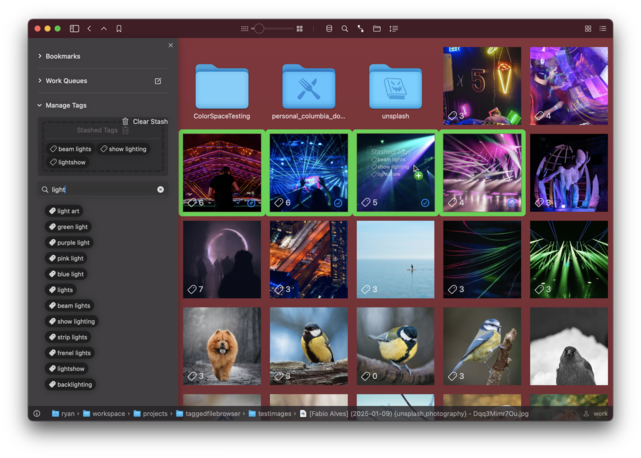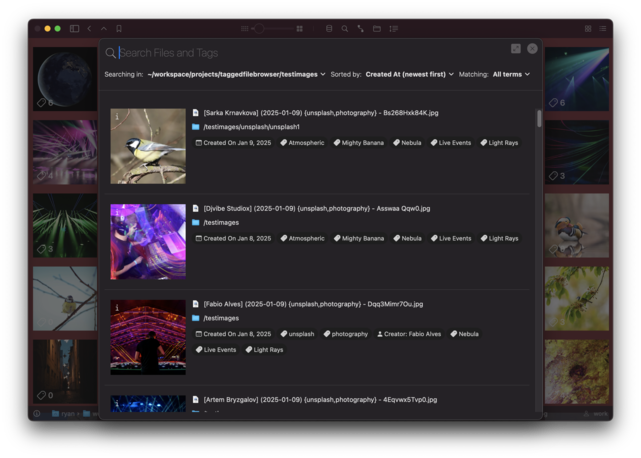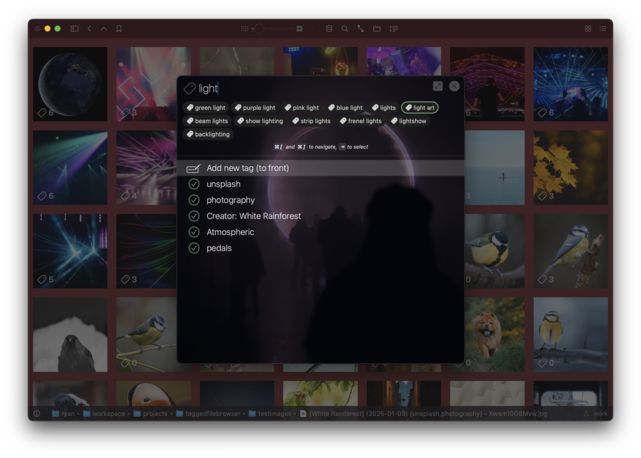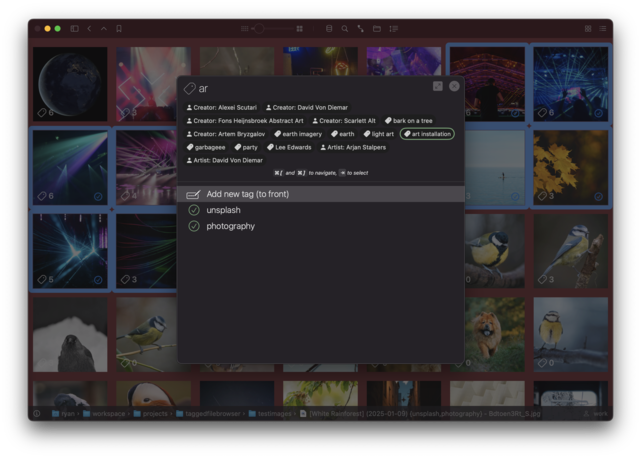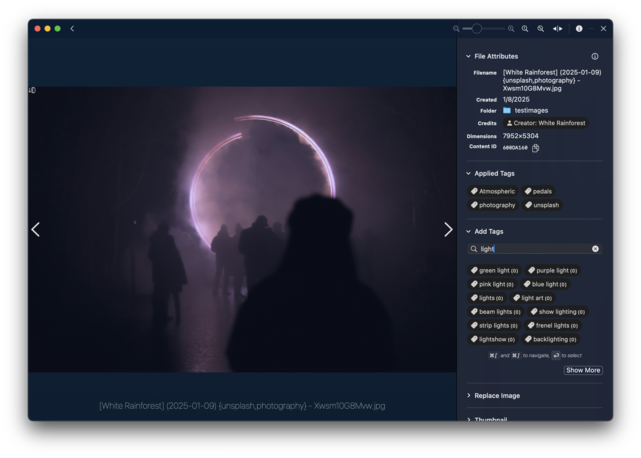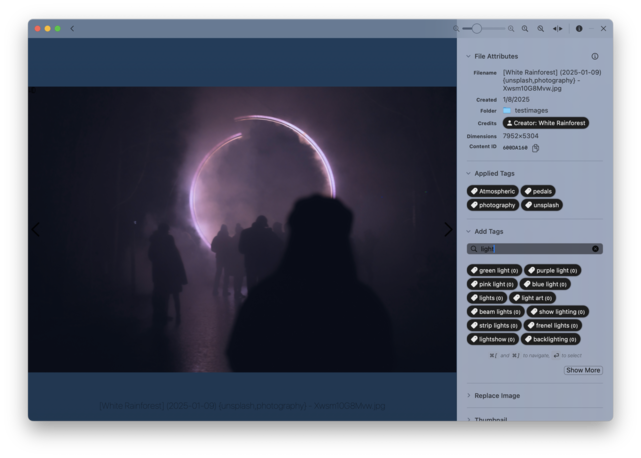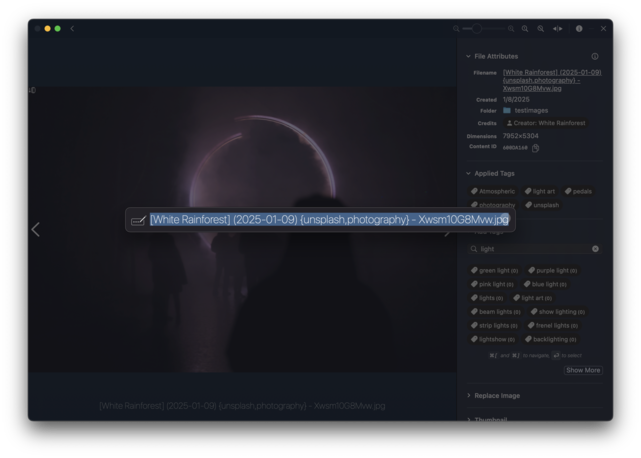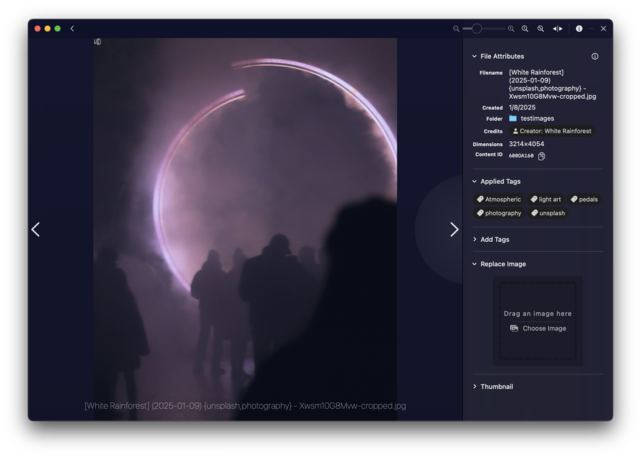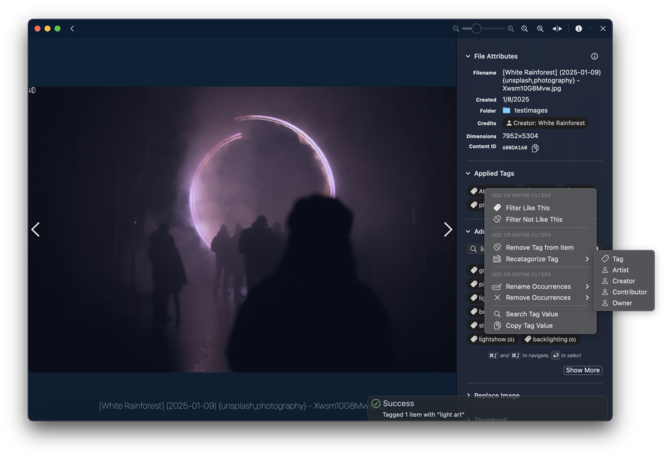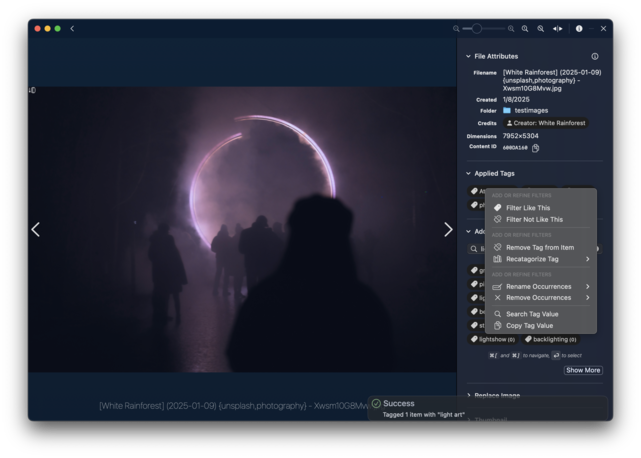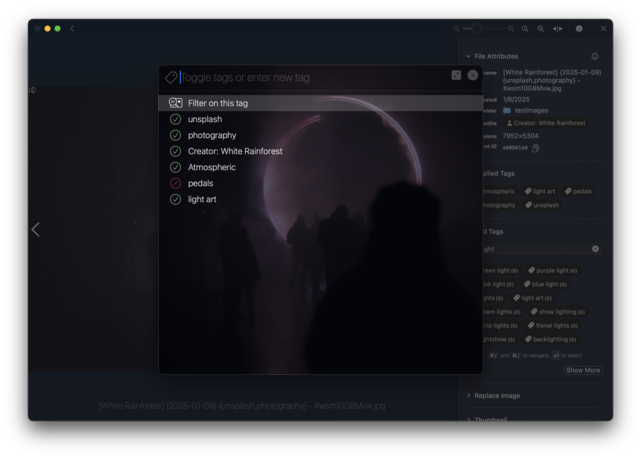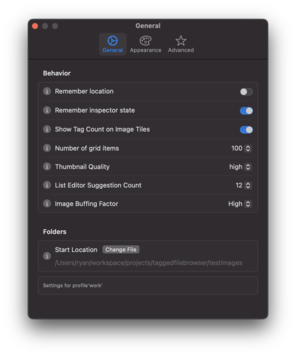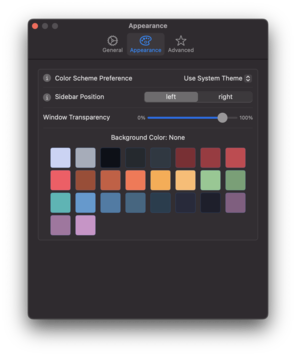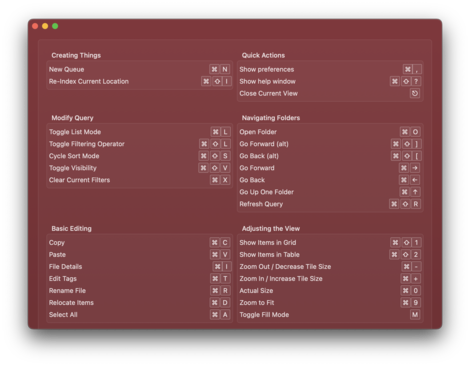Software Development Engineer II
As an SDE II at Amazon, I took on a broader scope of engineering work, leading efforts to build and maintain backend services, distributed systems, and operational tools that supported merchandising content at global scale. I transitioned from a front-end specialist to a full-stack and backend engineer, contributing to services that handled millions of requests per day across Amazon's retail platforms.
Key Achievements
- Led engineering efforts on a global merchandising content service, optimizing for scalability, reliability, and cost efficiency, serving millions of customer requests daily.
- Developed RESTful APIs and asynchronous services in Java to support dynamic, data-driven customer experiences and integrations with partner teams.
- Migrated services and infrastructure to AWS solutions, including Lambda, S3, CloudFormation, and IAM, for improved scalability and maintainability.
- Built new business intelligence data pipelines using Apache Spark, closing critical gaps in customer and merchandising metrics.
- Enhanced system observability with custom metrics, logging, and real-time performance monitoring, enabling faster detection and resolution of service issues.
- Reduced infrastructure costs by 20% through performance analysis, load testing, and architectural optimizations.
- Developed automated tooling to identify and resolve high-severity service errors, reducing on-call burdens and improving system reliability.
- Created on-call debug features and emergent issue modes to accelerate root cause analysis during production incidents.
- Mentored junior engineers and collaborated closely with leadership to provide technical guidance and architectural input.
